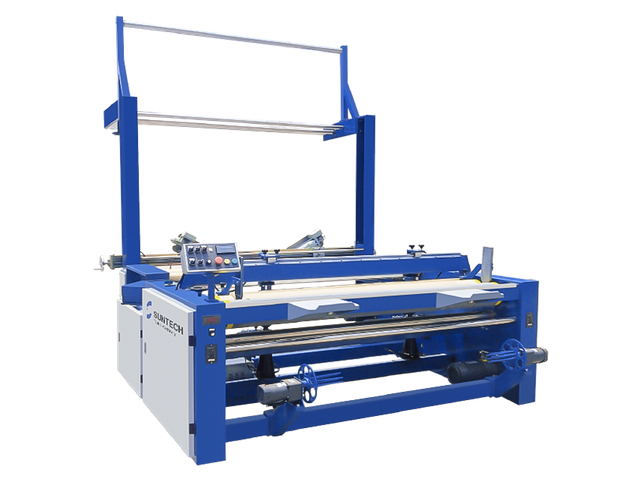The fashion industry is a dynamic and ever-evolving sector that relies heavily on precision, efficiency, and innovation. One of the pivotal elements in this industry is the cutting machine for fabric. Understanding the importance of cutting machines for fabric in the fashion industry is crucial for anyone involved in garment production, from designers to manufacturers. This article delves into the significance of these machines, their types, and their impact on the fashion world.

Enhancing Precision and Efficiency
In the realm of fashion, precision is paramount. Cutting machines for fabric are designed to ensure that each piece of fabric is cut with exactitude, minimizing waste and ensuring consistency. Traditional methods of fabric cutting, such as manual scissors or rotary cutters, often result in inaccuracies and inconsistencies. In contrast, automated cutting machines use advanced technology to deliver precise cuts, enhancing the overall quality of the final product.
For instance, computer-controlled cutting machines can follow intricate patterns with remarkable accuracy, which is particularly beneficial for high-end fashion brands that require detailed and complex designs. This level of precision not only improves the quality of the garments but also reduces material wastage, leading to cost savings.
Boosting Productivity
Another significant advantage of cutting machines for fabric is their ability to boost productivity. In a highly competitive industry like fashion, time is of the essence. Automated cutting machines can process large volumes of fabric in a fraction of the time it would take using manual methods. This increased speed allows manufacturers to meet tight deadlines and respond quickly to market demands.
For example, during peak seasons or when a new fashion trend emerges, the ability to produce garments swiftly can make a substantial difference in a brand's success. Cutting machines enable manufacturers to scale up production without compromising on quality, ensuring that they remain competitive in the fast-paced fashion industry.
Versatility and Adaptability
Understanding the importance of cutting machines for fabric in the fashion industry also involves recognizing their versatility and adaptability. These machines can handle a wide range of fabrics, from delicate silks to sturdy denims, making them indispensable tools for fashion designers and manufacturers. Additionally, cutting machines can be programmed to cut various shapes and sizes, accommodating diverse design requirements.
For instance, a designer working on a collection that includes both lightweight summer dresses and heavy winter coats can rely on a cutting machine to handle both types of fabric with equal efficiency. This versatility not only streamlines the production process but also allows for greater creativity and experimentation in design.
Reducing Labor Costs
Labor costs are a significant consideration in the fashion industry. By automating the fabric cutting process, cutting machines help reduce the need for manual labor, leading to substantial cost savings. While the initial investment in cutting machines may be high, the long-term benefits far outweigh the costs.
For example, a fashion manufacturer that invests in cutting machines can reduce the number of workers needed for fabric cutting, reallocating resources to other areas such as quality control or design innovation. This not only lowers labor costs but also enhances overall operational efficiency.
Conclusion
In conclusion, understanding the importance of cutting machines for fabric in the fashion industry is essential for anyone involved in garment production. These machines enhance precision and efficiency, boost productivity, offer versatility, and reduce labor costs. As the fashion industry continues to evolve, the role of cutting machines will only become more significant, driving innovation and excellence in garment production.
By embracing cutting-edge technology and investing in cutting machines, fashion brands can stay ahead of the curve, delivering high-quality garments that meet the ever-changing demands of consumers. The future of fashion lies in the seamless integration of technology and creativity, and cutting machines for fabric are at the forefront of this exciting transformation.



